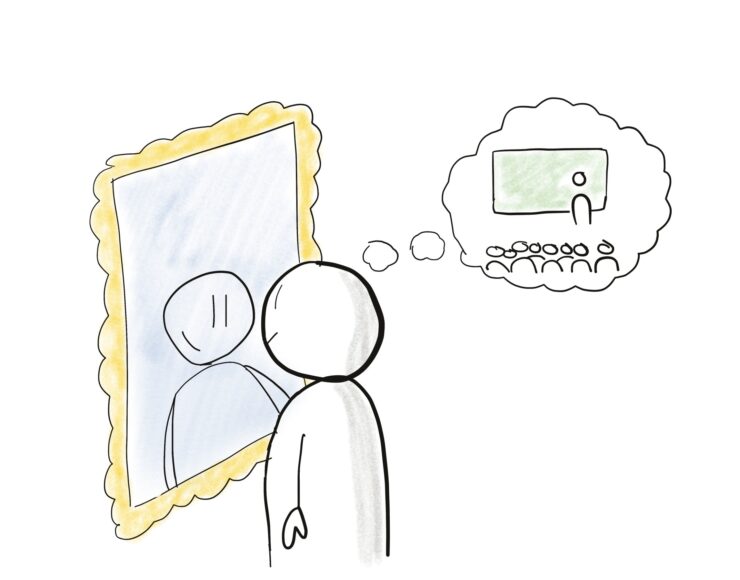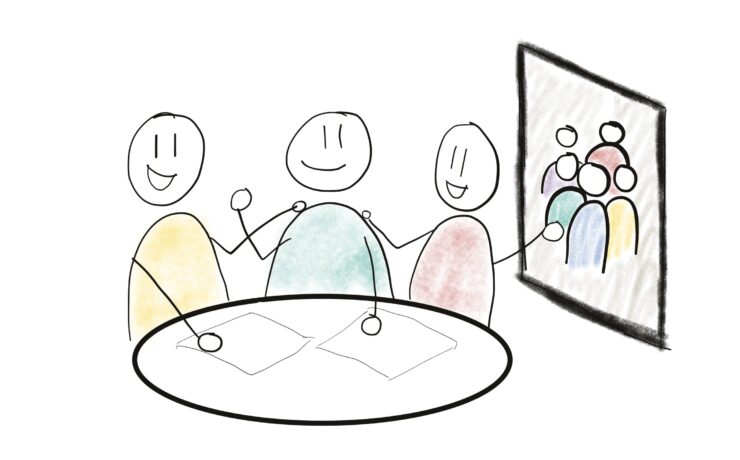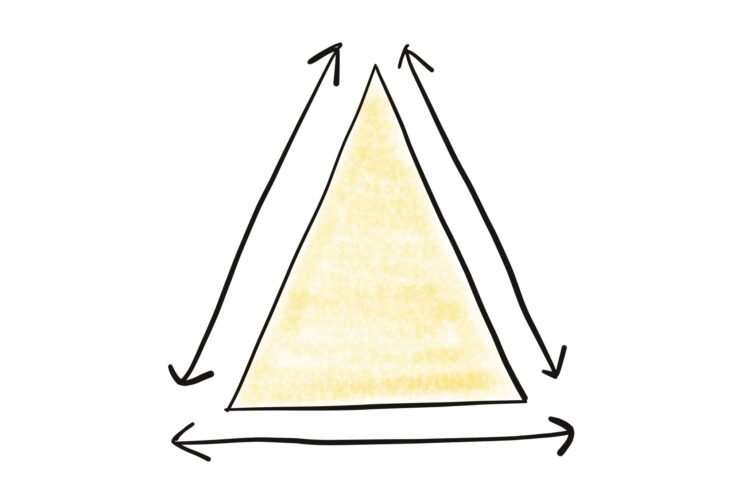Learning Objectives
A number of years ago, the master programme Educational Sciences became an English taught master programme and thus it became possible for international students to enroll in the master programme. Although this led to an influx of international students, the lecturers of this programme came to realize that having an international group of students does not automatically guarantee a supportive international classroom where diverse backgrounds are valued, and students can engage and collaborate in a positive manner. This has led to the realization that the master programma should have as one of its explicit goals that students are prepared for a diverse society. As a result, the programme is now changing the learning objectives of some of its courses.
Learning objectives specify what students will have learned at the end of the course after they have gone through all the teaching and learning activities and assessment in your course.
Which areas can be improved in relation to equity, diversity and inclusion (EDI) can strongly vary across disciplines. In this section we offer reflective questions and examples of learning objectives as a starting point for your reflective process. We will do so in two areas: critical reflection of skills and knowledge and preparing students for a diverse society.
The last section on constructive alignment contains information about how to ensure that the diverse and inclusive learning objectives that you created can be consistently aligned in your teaching and learning activities and assessment.



